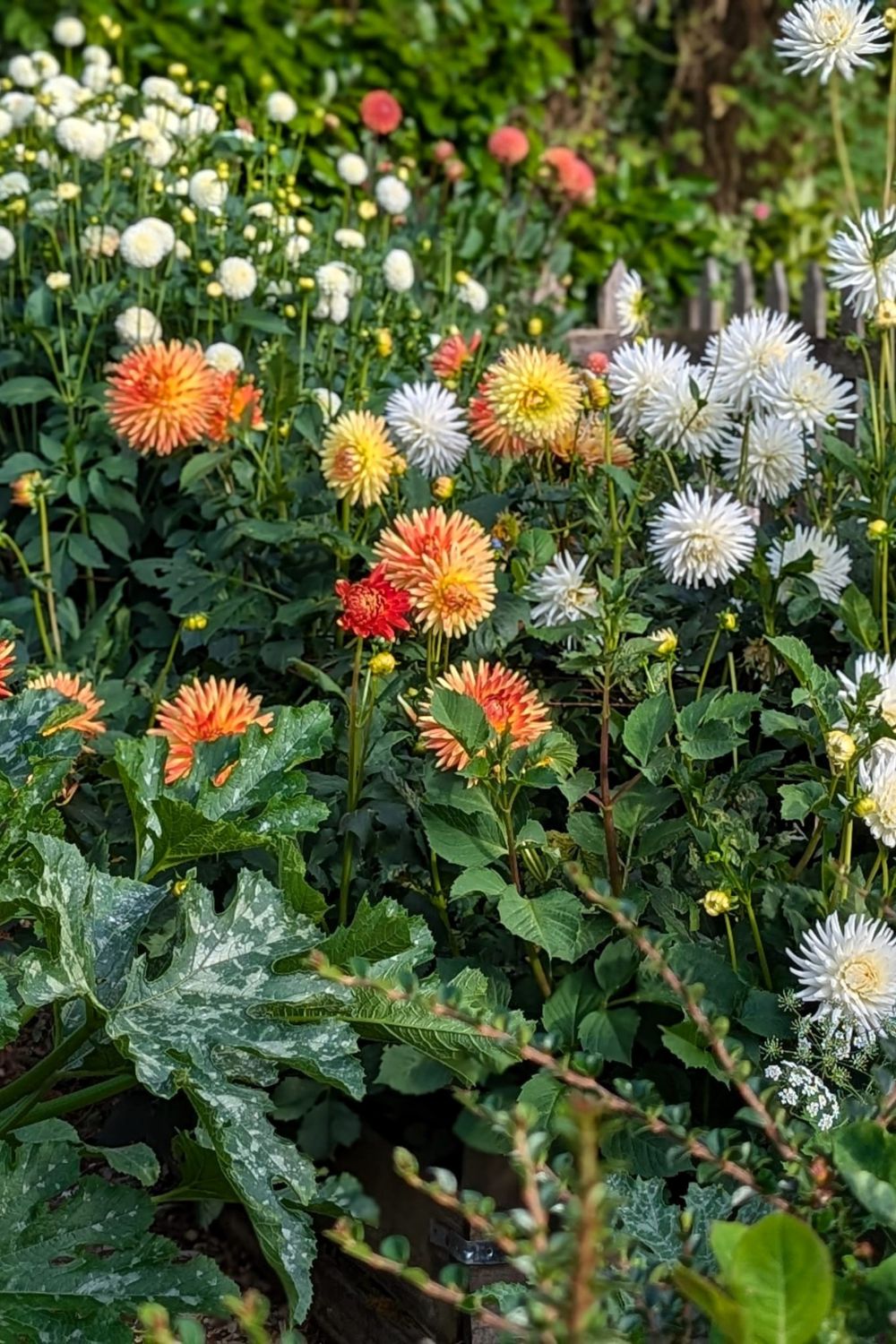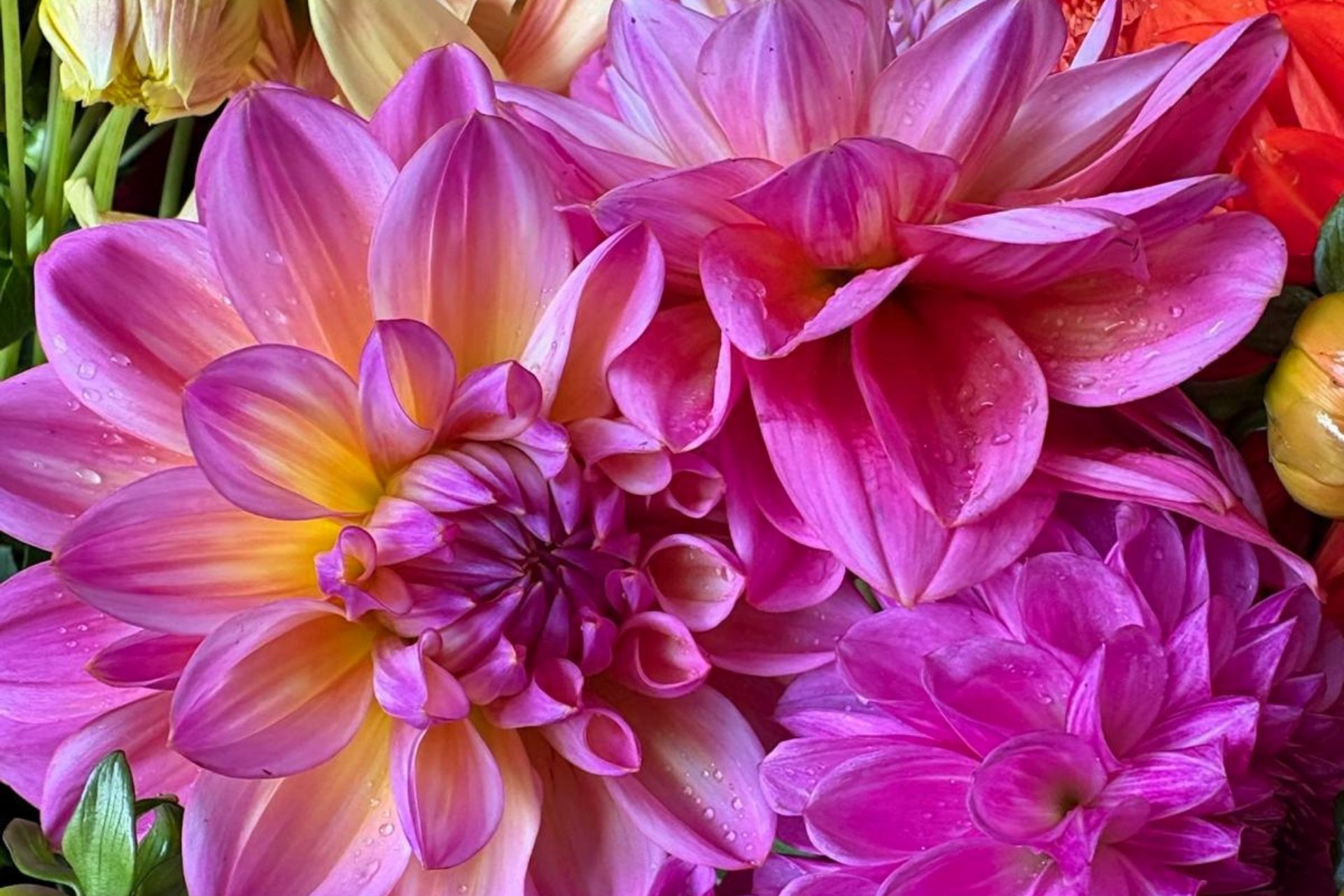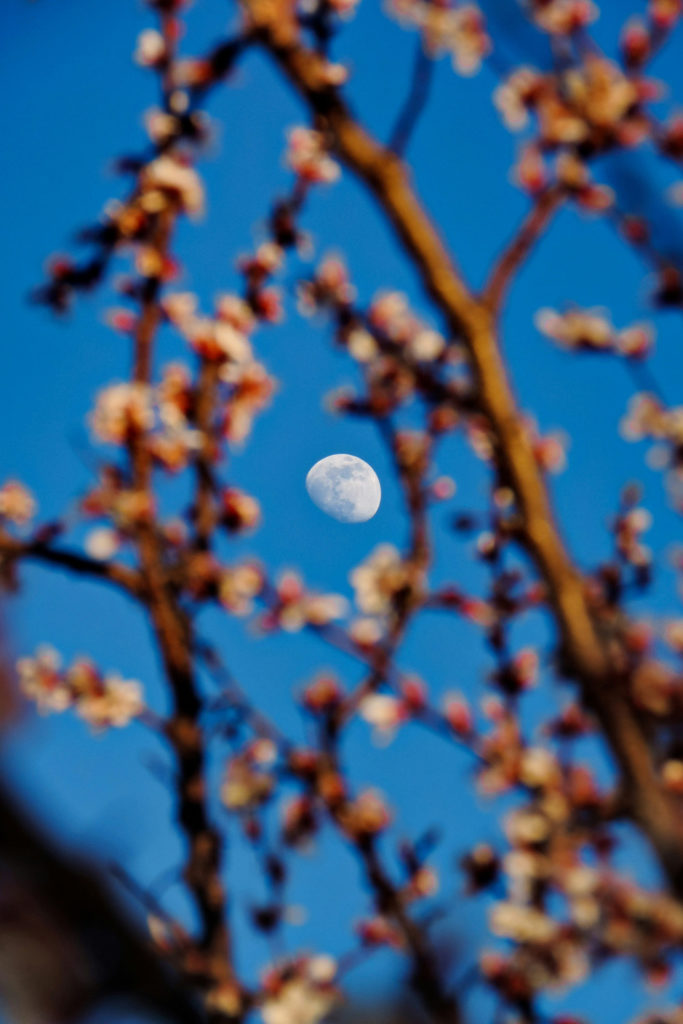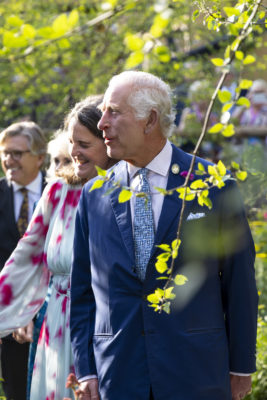
Rosebie Morton’s April Gardening Guide
By
3 days ago
Top tips from the founder of The Real Flower Company
If you’re wondering how to get stuck into gardening this month, here’s everything you need to know: Rosebie Morton, founder of The Real Flower Company, shares her top tips. Here’s your April gardening guide.
Gardening In April: What To Sow & Grow This Month
How To Grow Dahlias
The clocks have gone forward and nature is moving rapidly. It never ceases to amaze me how quickly plants grow with as the days get longer.
This is the month to get dahlias into growth, ready to flower from July through to the first frosts. Dahlia tubers are available now in any garden centre; they’re one of the most undemanding and rewarding plants to grow, and they produce constant blooms throughout the summer. All they require is a 2-3 litre pot, half-filled with peat free multipurpose compost.
Place the tuber with the stem upwards in the compost and then cover with more compost, leaving the stem just showing. Water the pot and then place it in a frost-free position to start shooting. You should see a stem appearing in around 2-3 weeks.
Once this has grown a couple of sets of leaves, pinch out the tip to leave one set to carry on growing. Many more shoots will grow, but keep pinching out the shoots to end up with five strong shoots. This may seem barbaric, but I can assure you it will be worth it later in the summer when your dahlia produces lots of top-quality blooms! Water the pot sparingly and plant out after the last risk of frost.

How To Nail Companion Planting: The Best Plants To Grow Together
There’s so much chat about companion planting, but certain combinations are really worth trying. Companion planting in the vegetable patch can be particularly effective – being both anti-fungal and anti-bacterial – as well as enhancing the beauty of your vegetable patch itself.
Consider the following combinations:
- Placing chamomile amongst your vegetables. This can not only improve their flavour but also help to control mildew and blight. It’s especially useful amongst broccoli and other brassicas and cucumbers.
- Yellow flowered plants can be excellent for attracting pollinators to the vegetable patch, and can also be used as a decoy for aphids, to protect your valued veg! Calendula (pot marigold) attracts a multitude of insects, including hover flies, to eat aphids, and also brings pollinators to improve yields. Plus, it’s edible (delicious in salads) and medicinal, too.
- Nasturtiums are a perfect decoy or trap, attracting blackfly and cabbage white butterflies to lay their eggs away from your prized beans. Keep an eye on them and remove them as you see an infestation of unwanted pests.
- Edible alliums such as chives, garlic, leeks and onions repel a variety of pests with their powerful scent, as well as attracting pollinating insects to their beautiful and architectural flowers. Their roots capture sulphur, which benefits nearby plants by acting as an antifungal deterrent.
- Scented herbs and plants will confuse pests with their scent, whilst their flowers attract a massive amount of beneficials. Watch out when planting mint amongst your veg because it will quickly take over – better to contain it in a pot nearby. Marjoram, thyme, nepeta, lavender and hyssop are all good to try.
- Sunflowers make a great support to grow beans or sweet peas up. Once flowered, they can be dried and hung up for the birds to enjoy.
- Consider sowing lettuce and radish between brassicas, which are slow to get going – meaning that the fast-growing salad will be long gone before the brassicas get too big.
Of course, companion planting is not just for the vegetable patch: roses benefit hugely when mixed with salvias and scented geranium to ward against aphids. Nature needs biodiversity!






